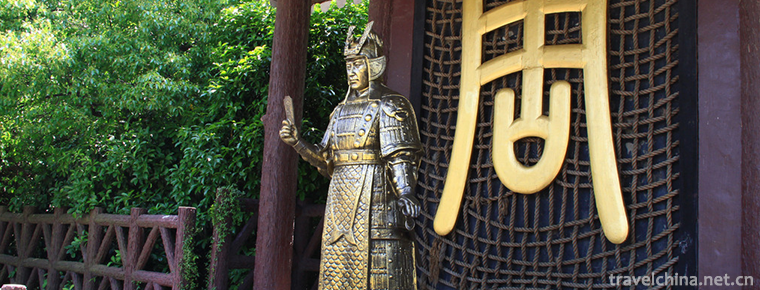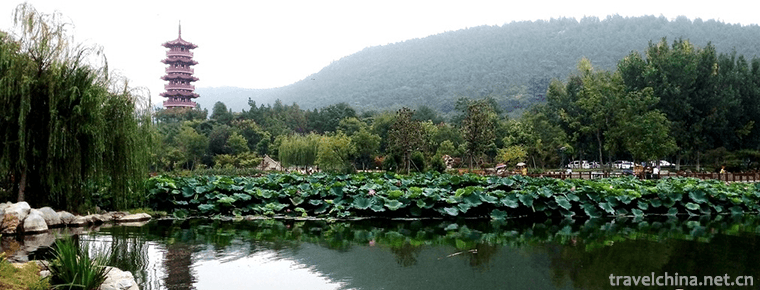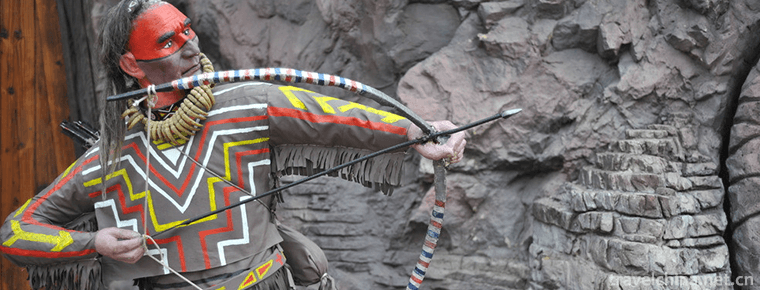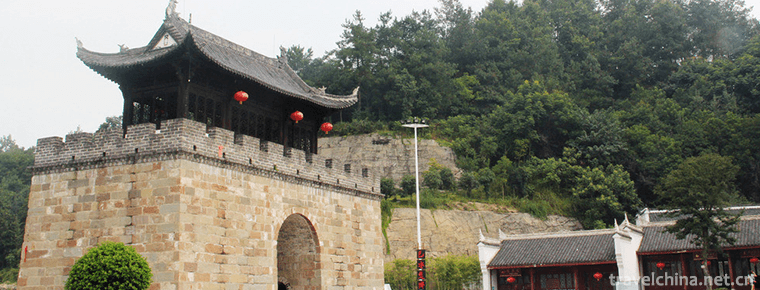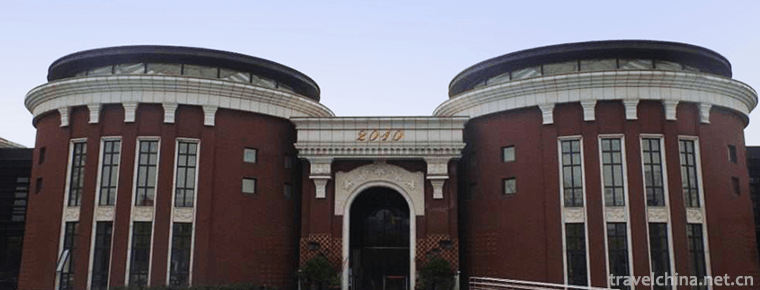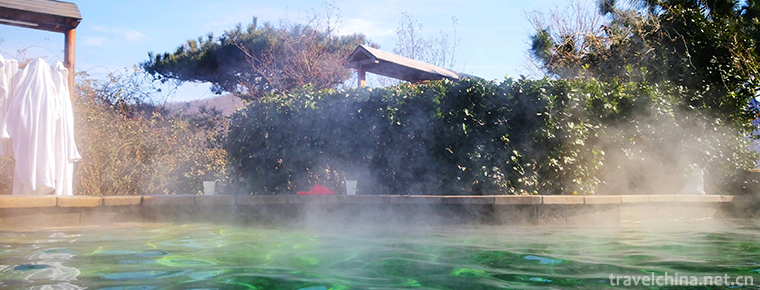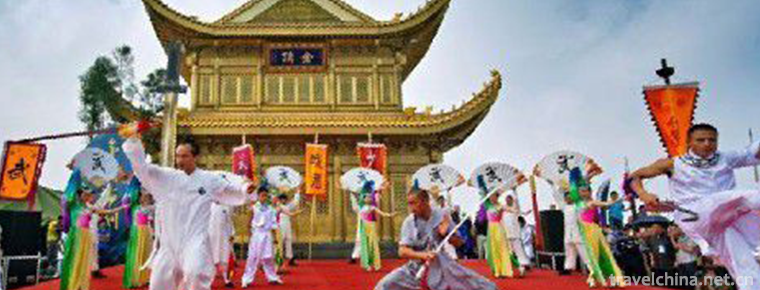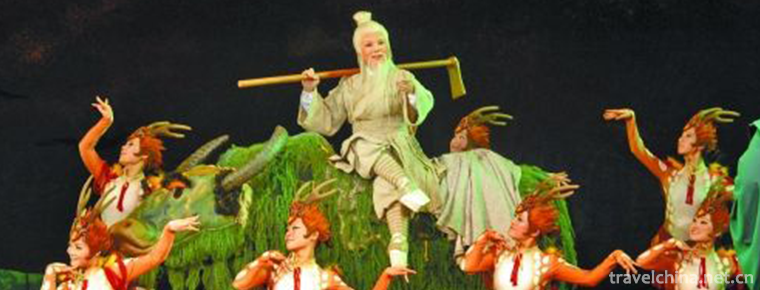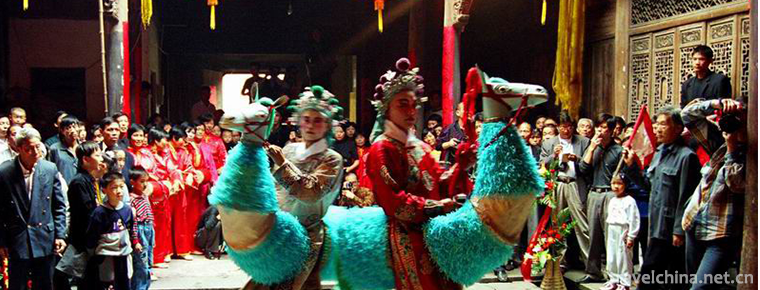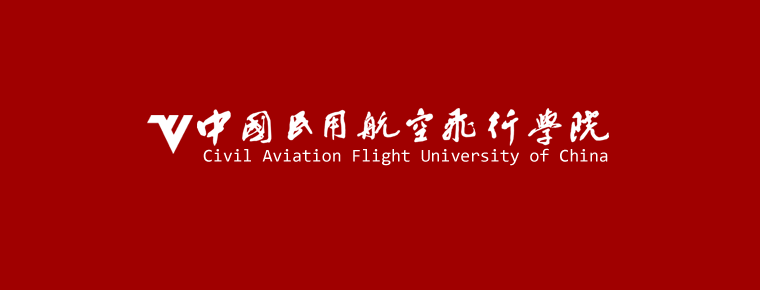Tibetan Layi
Tibetan rye Layi
Tibetans are divided into three major dialect areas: Weizang, Kangba and Anduo, which form three areas with cultural characteristics combined with topography. Born out of Tibetan folk songs, the division of the three major Tibetan areas in the 7th century A.D. contributed to the widespread spread spread spread of Lai in Anduo Tibetan area of "Lower Dokang".
On May 20, 2006, Tibetan Raj was approved by the State Council to be included in the first batch of national intangible cultural heritage lists.
historical origin
Introduction to Residence and Dialect
Tibetans mainly live in Tibet on the Qinghai-Tibet Plateau in China, as well as in Qinghai, Gansu, Sichuan and Yunnan provinces and regions, with a population of 387,0068 (1982 statistics). He believes in Mahayana Buddhism. Tibetan belongs to the Tibetan branch of the Tibetan-Burmese Language Group of the Sino-Tibetan Language Family. It has three dialect areas: Weizang, Kangba and Anduo. Weizang dialect area includes the whole territory of Tibet (except Changdu area); Kang dialect area includes Ganzi Prefecture of Sichuan, Changdu area of Tibet, Diqing Prefecture of Yunnan, Yushu Prefecture of Qinghai; Anduo dialect area includes Hainan, Huangnan, Haixi, Haibei, Guoluo and other prefectures of Qinghai, Aba Prefecture of Sichuan and Gannan Prefecture of Gansu.
Cultural profile
The Tibetan people have created a splendid national culture. They have rich cultural heritage in literature, music, dance, painting, sculpture and architectural art. As early as around the twelfth and thirteenth centuries, Monographs on Tibetan national music appeared, such as Sakya Bandazhi Gonggejianzan's On Tibetan Music. Up to now, the ancient Tibetan graphic music sheet, the central shift sheet, has been preserved and used in temples.
Introduction to Traditional Music
Tibetan traditional music has distinct characteristics and various kinds, including folk music, religious music and court music. Folk music can be divided into five categories: folk songs, singing and dancing music, rap music, opera music and instrumental music. There are obvious differences in the style and types of folk music in the three major dialect areas of Weizang, Kangkang and Anduo. Religious music includes chanting music, ritual music and dance Qiang Mu, monastery instrumental music; palace music and dance Gar is only spread in Lhasa Potala Palace and Zashrumbu Temple in Shigaze. Folk music plays an important role in traditional music. The folk songs of the Central Movement include folk songs (pastoral songs), labor songs, love songs, folk songs, chants, etc.
artistic characteristics
brief introduction
The folk songs in Weizang area are called "Lalu", "Lu" in Kang area and "Le" in Ando area. They are songs sung freely in the mountains.
Characteristic
Folk songs have a wide range of sounds, free rhythm and rhythm, and their melodies fluctuate greatly. They are long and high, and they are rich in Plateau characteristics. The folk songs of Ando area are also called wine songs. Pastoral songs are popular in pastoral areas, which are similar to the characteristics of folk songs. There are many kinds of tunes in folk songs and pastoral songs. The structure is mostly upper and lower sentences. The five tones (or six tones) of feathers, symbols, merchants and palaces are commonly used. Ganzi Mountain Song A Zhong is a representative song. Labor songs are called "Le Harmony" in Tibetan, and there are many kinds of them. There are specific songs in almost all kinds of labor. Some have a clear rhythm, which closely cooperates with labor movements, such as hitting barley, digging soil, hitting walls, and others have a relatively free rhythm, such as grazing, ploughing, milking, etc. There are solo singing, chorus singing and leading the crowd and other forms of labor songs.
love sings
Love songs include love songs, love songs, tea songs and other love songs, which are called "Lai" in Anduo area and "Galu" in Weizang area. Some love songs are deep, some are open and free, and close to the style of folk songs. Love tea songs, known as "Kega" in Tibetan, are popular in Zhongdian, Yunnan and other places. They are songs sung when young men and women gather and drink tea to express their love, including greeting songs, entrance songs, couplet songs, thank-you songs and farewell songs.
folk custom song
Custom songs include wine songs, love songs, wedding songs, arrow songs, farewell songs, etc.
Wine song
Tibetan, known as "Qiang Harmony", is popular throughout Tibet, singing at festival gatherings and toasts. "Zerou" in Ando and "Geer" in Gannan belong to the category of wine songs. The singing forms of wine songs vary from place to place. Some sing while dancing, others only sing but not dance. Music is cheerful and enthusiastic, mostly in palace mode. The following example:
(2) Guess the love song
Weizang area is called "Ciga", "Kang area" is called "Yemo" or "Gomo", and Ando area is called "Harmony Mo", which is a song sung by Tibetan youth when they gather for entertainment or play hexagram games. The ring is often used as the token of divination in youth games in Sichuan Tibetan areas, so it is also called "hoop hexagram". The music of guessing love song is relaxed and lively. The mix of five beats and four beats is commonly used, and the modes of gong, Yu and Zheng are common.
(3) Wedding song. Wedding songs and singing styles vary from place to place, including reception songs, departure songs, on-the-way songs, reception songs and so on. Some of them have long melodies and some have the nature of dance music.
Arrow song
Tibetan is called "Da Harmony", which is mainly popular in Linzhi area of Tibet, also known as "Gongbu Arrow Song". In spring and summer, when Linka is playing with dams, it is a song sung by archers who boast of bows and arrows and archery techniques. Singing is accompanied by dancing. Music is often accompanied by dots, triphones and syncopations, which are fresh and lively.
Farewell song
Popular in Sichuan Danba and other places, in farewell guests, relatives and friends by middle-aged and elderly women singing. The song is sincere and moving. It uses the seven-tone feather mode which includes the altered palace tone and the clear feather tone. The eulogy tune is also called the Six-Character True Word Song. Tibetan is called "Manai", which is sung by Buddhist believers when they worship God and Buddha in monasteries. There are different tunes in different places. In addition, the rhythm of nursery rhyme is concise and lively. Bitter song, known as "Jue Lu" in Tibetan, has a slow music speed and sad melody. Zamuni (Liuxianqin) plays and sings mainly in Xigaze, Linzhi, Gannan and other places in Tibet. Music is more fresh and lively, slightly featured by dance music, and mostly feather mode. Other songs include hypnotic songs, question and answer songs, funny songs, etc.
Style collection
Song and dance music Tibetan folk songs and dances have various forms and distinct characteristics. Singing and dancing songs have a wide range of content, such as praise of the sun, moon, stars, mountains and rivers, praise of women's appearance and clothing, miss relatives, bless meeting, bless good luck and religious beliefs and so on. Since the 1950s, the masses have compiled many lyrics reflecting new life.
Sgor-Gzhas
Fruit harmony is an ancient form of singing and dancing, which means circle singing and dancing. It is widely spread. Sakya area is called "Suo", Gongbu area is called "Bo" or "Boqiang", and Northern Tibet pastoral area, Kang area and Ando area are called "Zhuo" or "Guozhuo" (commonly known as Guozhuang). Fruit harmony is often sung in festivals, after work and religious ceremonies. Participants hold hands with each other and dance while singing without accompaniment of musical instruments. Fruit music in Tibet is simple, enthusiastic and concise in structure. It generally consists of two parts: slow song section and fast board section. The latter is the simplification and contraction of the melody of the former, with the foot as the rhythm, and serves as the prelude, interlude and ending of the music. The main rhythm is beat, but there are often changes in the prelude, interlude and ending. Most of the music is based on the five-tone mode, and some are six-tone and seven-tone scales. The commonly used modes are palace, feather and symbolic mode. Some of Zhuo's songs spread in Kangxi area are composed of three parts by adding scatter board leading singing before the slow song section. In the slow song section, three-tone, five-tone, syncopation, accompaniment and decorative tones are mostly used. The music is thick and deep, the melody of the fast song section is concise, the rhythm is clear, and the music is vigorous and dynamic.
Tibetan folk dance
Popular pot farms in Jiarong Tibetan area of Sichuan are divided into two types: big pot farms and small pot farms, commonly using seven-tone feathers and angle modes. In addition to natural sounds, there are often variations or clear feathers in the melody, and the music style is unique.
Heap harmonics
The heap of harmony is a local song and dance in Western Tibet. Pile is the meaning of land, referring to the whole area of the Yarlung Zangbo River basin from west of Shigaze to Ali. Pile tune is very popular in Lhasa area. At first, it was accompanied by Zamuni, then it developed into a small band. The structure of heap harmony consists of prelude, slow segment, interlude, fast segment and ending. The music of slow segment is beautiful and cheerful. The fast segment uses the method of tight and slow singing to make the music happy and compact. The tunes of the prelude, interlude and ending are basically fixed, but the melodies of the slow and fast passages are different. There are also feather and Shang modes in the multi-purpose Palace mode. The alternation of palace and feather modes often occurs in the tune. The ending of the tune is transferred from the main tone to the subordinate tone and becomes the unique termination of stacking harmony.
The following example is a fragment of a heap of tunes: the Tibetan language of string Zi is called "Page", "Yi" or "Kang Xiong", which is popular in Kang and Wei Tibetan areas. Because when singing and dancing, men use horn beard or erhu to lead the dance accompaniment in front of the team, so it is called string. Strings originated in Batang, Sichuan Province. Batang strings are famous for their beautiful tunes, rich repertoires and stretching dancing postures. String music is very singing, concise structure, mostly feather mode, followed by Zheng and Shang mode, and there is often a mode alternation in music. The song consists of six syllables in one sentence and four sentences in one. Most tunes are free to fill in new words. The following example: Bauma is mainly prevalent in Lhasa. Bauma's music is basically composed of three parts: medium-speed introduction, slow-paced songs and fast-paced dances. The music of the song part is elegant and graceful, accompanied by simple dance movements while singing; the dance part is lively and enthusiastic, and the dance is light and sprightly, and the performers only dance but not sing. The tunes of the introductory part are basically fixed; the dancing parts are similar in many ways, mostly in the commercial mode, while the individual pieces end in the feather and palace mode; the tunes of the song parts are different, and some songs have close tunes; the accompaniment forms are the same as the stack tunes.
Harmonic Qin
The ancient ritual forms of singing and dancing in Tibet, such as Lhasa, Shannan, Shigaze and Ali, are mostly sung during grand festivals or ceremonies. The first and last songs are called "Harmonious Fruit" (introduction) and "Zhaxi" (auspicious). Each song and dance is composed of Adagio and allegro, or adagio, mid-board and allegro. The music is simple and passionate. The lyrics include the origin of human beings, historical legends, praises and blessings, etc. Reba Harmony is popular in the songs and dances performed by traveling artists in Kangba area. Including bell dance, juggling, opera, stick dance, deer dance, knife dance, ribbon dance and other forms of performance. Reba strings are the same as popular folk strings. Drum bell dance music includes loose-board male lead singing and slow-board chorus. The music is warm and graceful, and full of charm. In addition, there are Zhuohuan (inspiration) popular in Tibet, Xiongchong and Zhuojian popular in Zhongdian, Yunnan, and Dodi and Gaba popular in Gannan.
Rap music
Tibetan rap music includes Zhonghe, Zhengga and Mani, which are mostly sung by folk artists and monks. Zhonghong is a song of storytelling, which has a wide range of contents, such as the biography of King Gesar and Nimegongjue of Tibetan Mountains. There are many singing tunes, most of which have the characteristics of recitation. The structure of the tunes is composed of the upper and lower sentences and their changes and repetitions.
Zhengga: Zhengga is a kind of rap music performed by poor traveling artists when they beg or when they become monks. Accompanied by horn-huqin, self-play and self-sing. Some artists only use wooden sticks as props, while speaking and singing, while performing actions. Some of the lyrics tell stories, some improvise lyrics, mostly praise the host's lucky words. Music is simple and simple, with rap characteristics: point.
Manny: Manny is an ancient form of rap. Singers are mostly nuns or folk artists. They hang up axle paintings depicting Buddhist stories and tell stories in paintings to the masses.
Drama music
Tibetan opera includes Tibetan opera (Ajiram), Anduo Tibetan opera (Nanmute), Dege Tibetan opera and Changdu Tibetan opera. Each opera has its own singing, music, performance and costume. Tibetan opera and Anduo Tibetan opera are widely spread and have great influence. Tibetan opera has a long history, its origin can be traced back to the 8th century Chisong Dezan period. At the completion ceremony of Sangsi Temple, artists combined Tibetan folk dance and Buddhist Scripture stories into a mime-style divine dance ceremony. In the past, Tibetan opera was performed in the square, accompanied only by drums and cymbals, with the voice of the actors as the voice. Since the founding of the People's Republic of China, Tibetan opera has been put on the stage, and the singing and band have been reformed, enriching the expressive force of Tibetan opera music. The traditional structure of Tibetan opera is divided into three parts: the first part is "Dun", which is the opening line; the second part is "Duan", which is the main opera; and the third part is "Zaxi", which is the ending song and dance of good luck. Traditional Tibetan opera singing is free of rhythm, which is divided into five types: Daren (long tune), Datong (short tune), Baolu (reverse tune), Juelu (sad tune), Harmonious Mulangda (folk song type), and several folk songs and dances. Among them, long tune and short tune in each repertoire are finalized according to people, and the singing tune is named after the characters, which are different from each other and can not be used arbitrarily. There are dozens of singing tunes, some of which have similar melodies. Inverse tone, tragic tone and folk song type are general singing tones, which can be used by any repertoire or character. Most of the lyrics are 7-9 words in one sentence, with one paragraph in each two sentences. "Malonda" begins and ends with a aria, with a recitation rhyme in the middle. The number of words in the aria is relatively free and can be mastered according to needs.
Tibetan opera music is closely related to Xieqin (large-scale singing and dancing) and post-Tibetan folk songs. The distinctive "Zhenggu" singing method in Tibetan opera (a decorative flower tune) originates from wine songs and post-Tibetan folk songs. The vocal assistant tune of Tibetan opera is mainly the end part of repeating the tune phrase. The vocal range of Tibetan opera is generally less than eight degrees, and female voice sings in real voice, and the vocal range is mostly between and male voice sings in combination of true and false voices, with a higher vocal range, often between and male and female voice singing focuses on using the singing method of back-brain voice, with a loud and loud vocal line.
Instrumental music
Introduction to Instruments
There are many kinds of Tibetan national musical instruments, such as Zamuni and Yangqin; bow string instruments such as horn hu, sticking piano, root card, huqin, gemmaqin, etc; wind instruments such as clarinet, bone flute, trumpet, horn, sonar, bronze flute, conch, mouth string, bamboo flute, mud flute, etc; percussion instruments such as big drums, hot drums, Dama drums, Balang drums, gongs, cymbals, string bells, etc. Among them, Zamuni, Niujiaohu, trumpet and clarinet are the most distinctive. Zamuni is a six-string piano. It is said that it has a history of 600-700 years. It is the main accompaniment instrument for folk singing and dancing, playing and singing by Kuangma and Zamuni. Niujiaohu, known as "Biwang" or "Biyong" in Tibetan, is similar to Erhu in shape, but the piano tube is made of Niujiaohu, mainly accompanied by strings and folding GA. Because of the short bow, all the long notes in the melody are repeated in the same tone of the octave, and the second or the third degree of relief or repetition are added to the weak beat to form the main characteristics of string music. Pipes and bone flutes are popular in pastoral areas. The clarinet is made of wood. The bone flute is made of Eagle leg bone or sheep leg bone. It has a high pitch, a small volume and a sharp voice. It is often used to play pastoral songs. Big trumpet, known as "Tongqin" in Tibetan, is made of copper, with no holes in the tube. It is about 3 meters long and has a large bell at the bottom. It can blow out pitch and five-degree overtone. It has a large volume and is mostly used in Temple ceremonial activities and Tibetan opera music.
Representative works
Quotation, greeting, love, love, love, love, love, contradictory, departure and tail songs, etc.
Inheritance significance
Since the founding of the People's Republic of China, especially after the democratic reform in Tibet in 1958, Tibetan music and culture have greatly developed. Various regions have successively established mass art galleries and professional performing units, such as the Tibetan Autonomous Region Song and Dance Troupe, Tibetan Opera Troupe, Qinghai National Song and Dance Troupe and the cultural troupes and teams at the County and prefectural level, etc. Much work has been done in performing, collecting and sorting out ethnic and folk music. Famous Tibetan opera artists include Zasiton Pearl (deceased), Amaziren, etc.; "Biography of King Gesar" rap artists include Zhongke Zaba Yumei, etc.; folk singers include Amaya (deceased), Poor Buzhen (deceased), Anne and so on. The singer Caidan Zhuoma, composer Baidenlangji, Gesandaji, conductor Ozhudogi and so on are professional musicians trained after the founding of the People's Republic of China. Luo Nian-yi, a composer of the Han nationality, has been rooted in the plateau for a long time and has made valuable contributions to the development of national music.
The state attaches great importance to the protection of intangible cultural heritage. On May 20, 2006, the Tibetan Raj was approved by the State Council to be included in the first batch of national intangible cultural heritage lists.


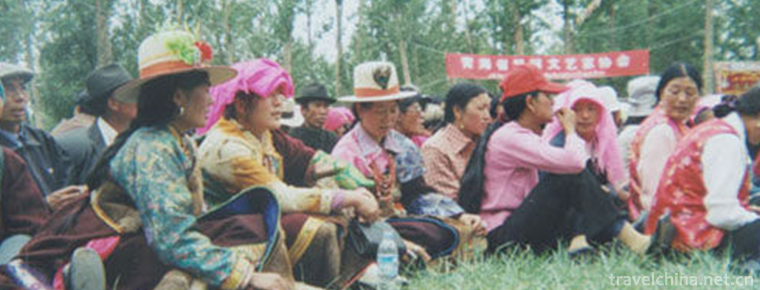
-
Wuxi film and television base
The Wuxi Film and Television Base of CCTV was originally built by CCTV to shoot "Tang Ming Huang", "Romance of the Three Kingdoms" and "Water Margin".
Views: 160 Time 2018-12-06 -
Yunlong Lake
Located in the southwest of Xuzhou City, Jiangsu Province, Yunlong Lake is the main scenic spot of Yunlong Lake Scenic Area in Xuzhou, formerly known as "Stone Dog Lake".
Views: 122 Time 2018-12-06 -
Guilin Happy Land Theme Park
Guilin Lemandi theme park Gudong Waterfall is suitable for sightseeing all the year round. April-October is the best time for Guilin tourism. The scenic spot is located in Guilin.
Views: 154 Time 2018-12-12 -
Quyuan Hometown Tourist Area
The cultural tourist area of Quyuan's hometown is located in Fenghuangshan, Zigui County, Yichang City, with a total area of 33.3 hectares in the north, Gaoxia Pinghu Lake in the north.
Views: 136 Time 2018-12-12 -
Shanghai Baoshan International Folk Art Exhibition Hall
Shanghai Baoshan International Folk Art Exhibition Hall is the first exhibition, research and protection of intangible cultural heritage in Shanghai constructed by Shanghai University in cooperation w.
Views: 154 Time 2018-12-19 -
Taishan Hot Spring City
Taishan Hot Spring City Cultural Tourism Scenic Spot is invested and constructed by Shandong Taishan Hot Spring Tourism Development Co., Ltd. with a total investment of 2.6 billion yuan.
Views: 135 Time 2019-02-13 -
Bru
Bru, Mongolian means throwing. Competitions are divided into two categories: long throw and accurate throw, mostly held in festive festivals. The long throw is to decide .
Views: 457 Time 2019-04-04 -
martial art of emei
Emei Wushu is one of the traditional Chinese Wushu schools, and its birthplace is Emei, a famous mountain in China. Including the worldwide spread of "Five Flowers".
Views: 107 Time 2019-04-28 -
Extra tune
In addition to the form of opera, Yue Diao has two branches, namely, opera and puppet. In 1942, there was a severe drought in Henan Province. During this period, many cross-tone artists (such as Zhang.
Views: 263 Time 2019-07-16 -
Bamboo horse
Bamboo horse, also known as running bamboo horse or playing bamboo horse, is an ancient traditional folk dance. The art form of singles performed on the street is like the "two ghosts wrestling&q.
Views: 194 Time 2019-08-10 -
Civil Aviation Flight University Of China
The school is directly under the Civil Aviation Administration of China. Its predecessor was established in May 1956 with the approval of Premier Zhou Enlai. Chairman Mao Zedong appointed the aviation.
Views: 175 Time 2019-08-31 -
Baoguang Temple
Baoguang temple is located in Xindu District, Chengdu City, Sichuan Province, China. It is one of the Buddhist temples with a long history, large scale, complete structure and quiet environment..
Views: 114 Time 2020-11-05
